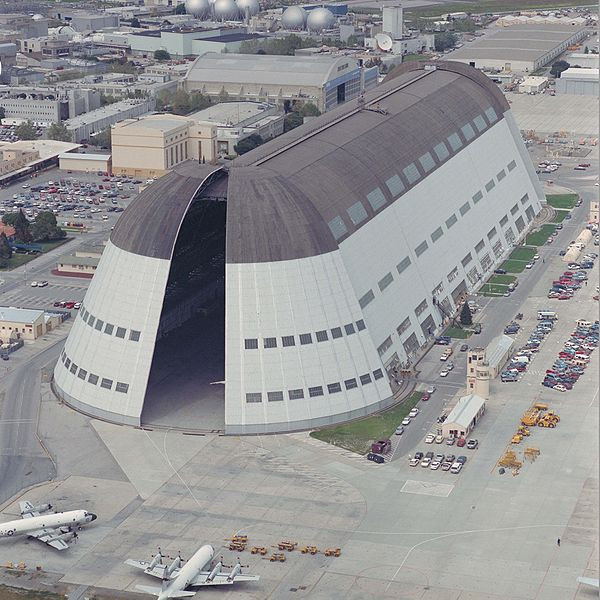Google Agrees 60-Year Lease of Nasa Airfield to Pursue Space Exploration and Robotics

Google has taken out a 60-year lease on an airfield belonging to Nasa, where it plans to conduct research, development, assembly and testing in the areas of space exploration, aviation and robotics.
The 1,000-acre site in Moffett Field, California is just a 10-minute drive from Google's headquarters and will be leased by Planetary Ventures, a Google subsidiary which will pay Nasa $1.16bn (£730m) over the next 60 years for use of the airfield and its three vast hangars.
Most notably, the site is home to Nasa's Hangar One, which at eight acres is one of the world's largest freestanding structures and was previously used to store airships in the 1930s; the building is the size of six football pitches and its two doors each weigh 180 tons.
This isn't the first time Google has shown interest in acquiring Hangar One, as in 2011 company founders Larry Page and Sergey Brin, as well as chairman Eric Schmidt, offered to pay for a $33m restoration of the building, in return for using it to store eight of their private jets; the offer was rejected by Nasa. The hangar was later used as a shuttle bay in the 2009 remake of Star Trek.
Hangar One is a US Navy Historic Site and is listed in the US National Register of Historic Places.
Planetary Ventures plans to invest more than $200m in improvements to the property, commit to restore two further hangars on the site, and create an education facility where the public can learn about the airfield's importance in the history of US aviation; there will also be a section dedicated to documenting the history of technology in Silicon Valley.
Google's vice president of real estate, David Radcliffe, said: "We look forward to rolling up our sleeves to restore the remarkable landmark Hangar One, which for years has been considered one of the most endangered historic sites in the United States."
By handing the site over to Google, Nasa will save $6.3m per year in maintenance and option costs. Nasa administrator Charles Bolden said the space agency wants to "invest taxpayer resources in scientific discovery, technology development and space exploration - not in maintaining infrastructure we no longer need."
© Copyright IBTimes 2025. All rights reserved.






















